What is B2B Predictive Prospecting?: A Definitive Guide for B2B Marketers
Predictive prospecting is an important but often overlooked elements of sales and marketing. As a result, this article will provide a definitive guide that tackles some of the most commonly asked questions about this type of prospecting including what the practice is, how the practice is used, and for who this type of prospecting is intended.
The Need for Predictive Prospecting
Before the advent of the internet, many sales and marketing department companies focused on sending mass mailers and making many blind phone calls to company representatives. Today, however, statistics reveal that direct mailing has a success rate of 3 to 5%. The Direct Marketing Association has similarly reported that cold calling customers has around a 6% response rate. To quote an old adage, in mass marketing to everyone, companies soon discovered that they were actually marketing to no one. As a result, these mass communications efforts frequently did not yield promising results. When the internet was new, many companies discovered that they could send out mass emails that yielded more promising results than other forms of communication did.
Now that nearly all companies have access to communicate through email to sell their product to other companies (also “business to business” or “B2B”), many companies have discovered that it is now much harder to successfully harness the marketing and sales power of email. As a result, email that is not properly utilized has become very similar to phone calls and fliers to many consumers, who have flooded email inboxes and not enough time to review each message. Statistics suggest that as much as 98% of B2B marketing will not result in any type of closed business. Considering this landscape, the role of this type of prospecting has become invaluable.
As the diagram below illustrates, when used properly, predictive prospecting helps companies define on the best potential leads throughout each phase leading to the close of a deal.
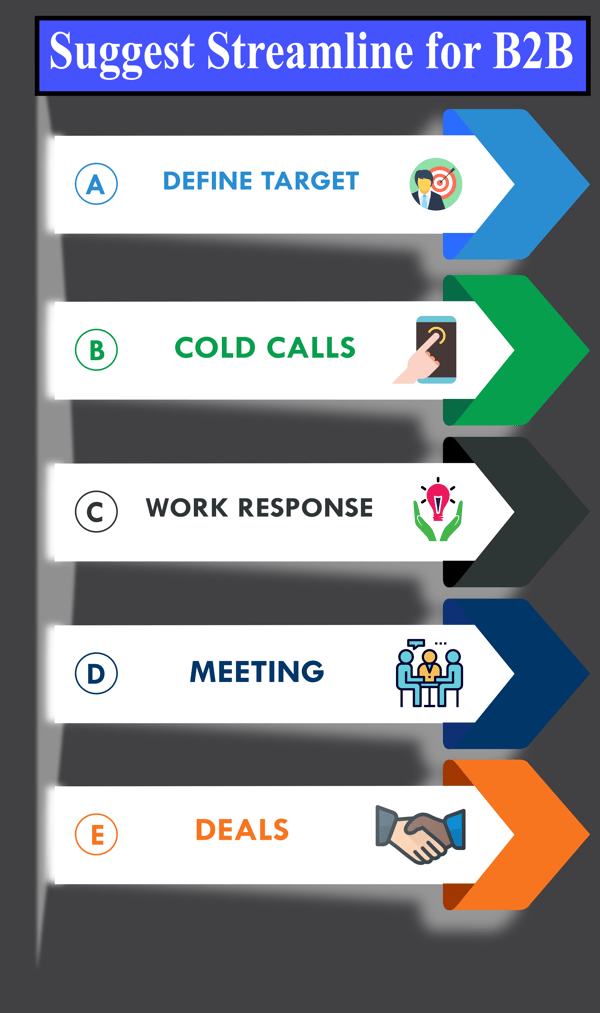
While it is true that other business models involve this step, companies who use this type of prospecting are able to focus on only the strongest leads throughout this process.
Defining Predictive Prospecting
This type of prospecting relies on utilizing both contextual and historical data to analyze which prospects have a high likelihood to succeed as well as which prospects have a high probability to fail. Describing this type of prospecting in such a manner, however, drastically simplifies the process. Perhaps a better explanation of predictive prospecting is that it focuses on the 80/20 rule. Companies who use this type of prospecting understand that 80% of their revenue will come from 20% of their prospects. This type of prospecting helps to identify what this 20% is, which saves a significant amount of time for companies. The diagram below provides one of the most commonly used analogies to understand this type of prospecting.
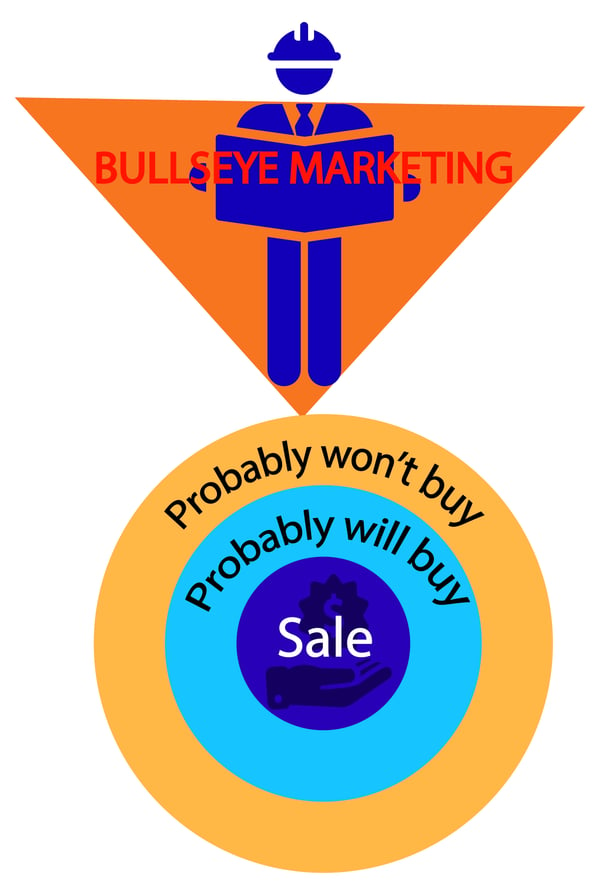
While companies who do not use predictive prospecting are unable to determine the exact location where a prospective customer will fall on its “sales bullseye”, companies that use this type of prospecting are much more likely to find customer leads that land in the center of the “sales bullseye” or successful sales.
What Separates this Type of Prospecting from Other Techniques
There are several different methods that promise to help identify prospects, which can make it difficult to determine how predictive prospecting stands out from other methods of thinking. For B2B companies, this type of prospecting helps to identify the probability that a certain customer will respond in a positive manner based on relevant past information about similar customers. As a result, companies are able to determine which customers to contact based on the likelihood of success in response. In this way, predictive prospecting is a much more efficient and powerful tool than many other predictive models on the market.
Some companies who are interested in this type of prospecting might wonder how this process differs from predictive analytics. Simply put, predictive analytics involves the gathering of data about customers while predictive prospecting depends on using this information in an effective and powerful way to source new prospects and improve existing customer relationships.
Improvements Seen in B2B Marketing due to Predictive Analytics
There are three major advantages that B2B companies are able to realize by using predictive analytics, which include the following:
- Selection. Predictive analytics help companies to properly identify, focus on, and then grow relationships with their most profitable customers. By analyzing the correct data, companies are able to identify which customer behavior models and traits are most likely to result in successful business relationships. As a result, predictive analytics help companies to make sure that the right resources are allocated at the right time to pursue the right prospects.
- Improved Sales Performance. The use of predictive analytics is able to help companies reduce the costs associated with lost sales. A large number of companies who fail to properly identify prospects are at risk of losing leads that previously showed potential. Predictive analytics help companies to identify important factors like location and income level among a variety of data sets to determine which leads are the strongest so that companies can avoid focusing on leads that are likely to result in financial losses.
- Optimizing Marketing Campaigns. With the use of predictive analytics, marketing companies are able to plan more product campaigns because they are able to be determine which customers will respond the most positively. Understanding how consumers will behave also helps marketing companies tailor their marketing efforts.
The benefits that a company is able to realize depends on how well a company is able to define what constitutes a good lead. The chart below illustrates some of the important questions that a company should ask when determining what comprises a strong lead.
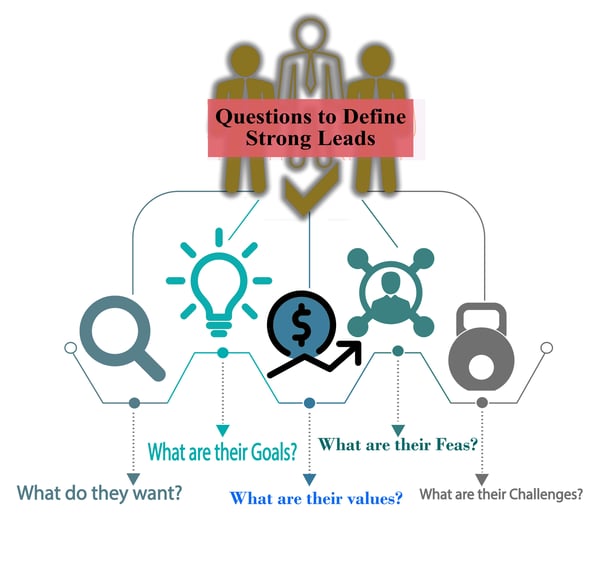
These are just some of the basic questions that a company should ask about a prospective customer. The more definitively a company can answer these questions, the more likely the company will be able to increase their ability to focus on only the strongest leads.
Finding a Total Addressable Market
Determining a total addressable market is invaluable because it helps companies determine the best opportunities for their product or service. To determine what a company’s total addressable market is, however, companies must first determine their ideal customer profile. Given the significant amount of data that is involved, however, companies often experience difficulty in distinguishing how to utilize data. Traditional methods involved firmographic data that missed out on a variety of fine points that reveal a great deal about the purchase patterns of companies. More recent trends have involved a much larger amount of data, which can be overwhelming to companies and result in lost business efforts. Predictive analytics help companies shift through this large amount of data and determine which customers are most worth focusing on. As a result, the struggle that used to be created in determining the size and strength of a market is no longer a process that involves a substantial amount of guesswork. Instead, predictive analytics help companies perform a much more calculated estimate of what parts of the company’s total addressable market are likely to result in sales. As a result, while the concept of a total addressable market has existed as a concept for many years, companies who use predictive prospecting are able to focus on developing and expanding the stronger aspects of their total addressable market in an unprecedented way.
How Predictive Analytics Can Identify Which Customers Are Likely To Buy
The backbone of this type of prospecting is that companies are able to use data in an unprecedented way to determine what products customers are most likely to buy as well. In this sense, predictive prospecting relies on the use of technology that is almost prophetic in how it can be utilized. This type of prospecting analyzes a variety of data types to analyze trends and statistics about customers in the past then uses this data to determine what purchase trends will be like in the future. As a result, predictive analytics have the capacity to determine consumer trends before they have even happened.
The Best Way to Increase Sales for B2B
The power of being able to define data gleaned from predictive analytics to then determine what customers to focus on is the key to forward-thinking marketing and sales departments. There are specific lessons to be gleaned from cases and highlights, which will be further explained in the following five installments.

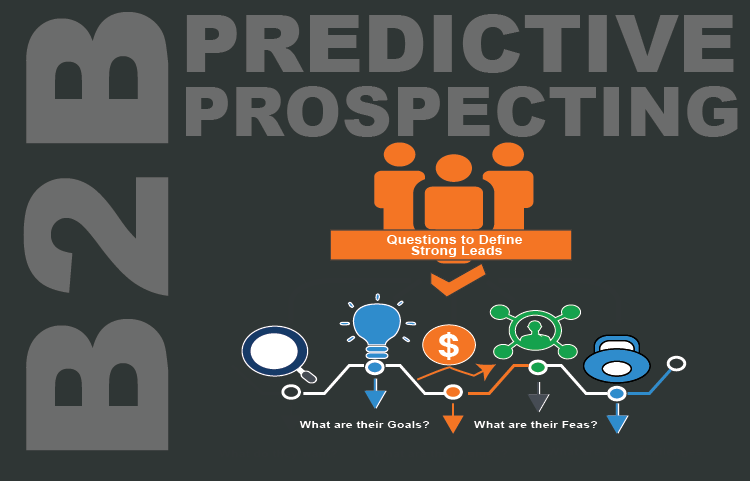
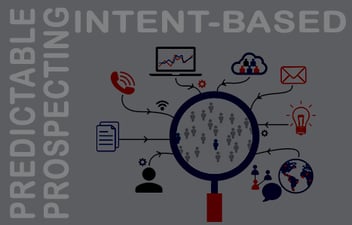
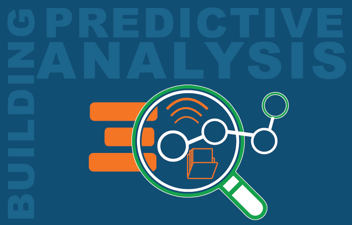
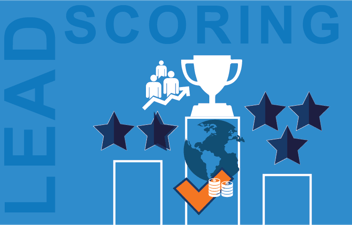
Leave a Comment